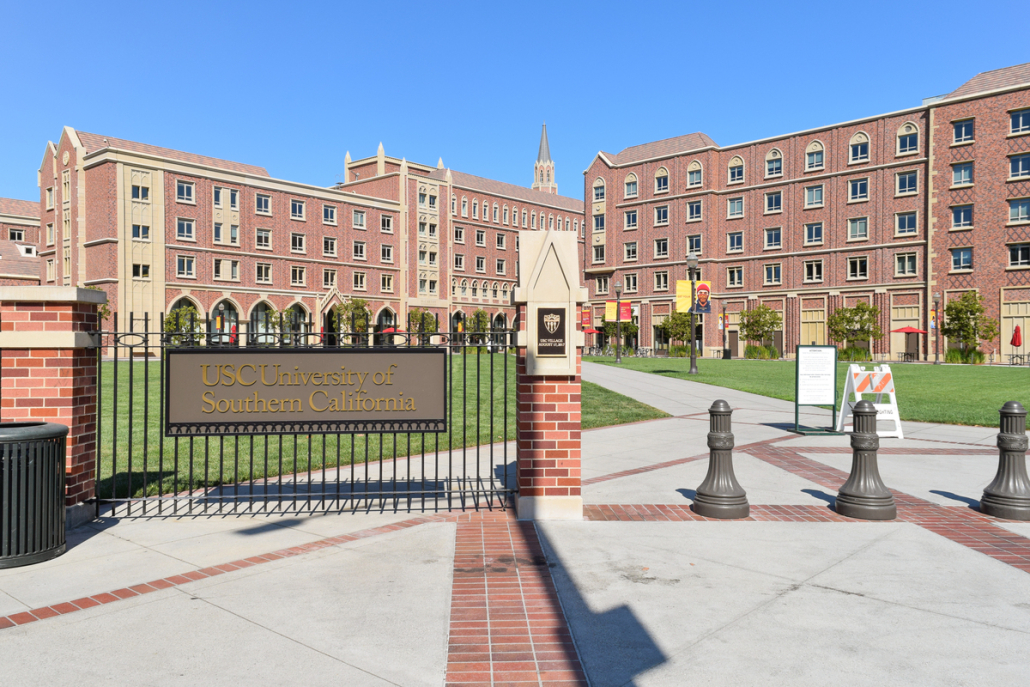The key to safer residential colleges

I attached my set of keys onto the obligatory USC lanyard, only taking it out when I needed to go through the hallways and always made sure to place it in a special compartment of my backpack after I’d used it. Yet, what I deemed to be hypervigilance was for not as I lost my keys and would pay a $200 replacement fee.
Much to my mother’s chagrin, there was a brief stint of time by which I was positively manifesting my keys to show up — this obviously didn’t work. I relied on fortuitous encounters with my peers to open the New North Residential College hallway doors and constantly reminded my roommate to leave our door unlocked. I didn’t think twice about my habits because I mistakenly believed that I was perfectly safe within my dorm enclave. Recent events point to the contrary.
According to a Facebook post on the USC parent page, residential assistants warned Cale and Irani Residential College residents to be wary of strangers in the building and to report any suspicious activity. According to this parent, a male non-student managed to pass through security by walking in with a large cluster of residents. A Department of Public Safety officer followed him to the residential college where he was quickly apprehended.
A similar incident occurred in New North where a woman non-student entered the building in pursuit of a boy she was interested in. While neither situation produced any physical harm, they highlighted the weak security measures within residential colleges.
To help ameliorate this issue, USC must buckle down on security and have students show their ID cards individually instead of allowing clusters of students to walk in together. USC can also update the hallway entry system so students can only get into the hallway using their campus ID, as opposed to having to use an archaic key system.
This method has been used by other universities as well. For example, within UCLA residential colleges, students use a key card to get in and out of their building and are encouraged not to use their key to swipe in other guests. Given that other schools enforce this simple security method, it is reasonable that USC has the capability to follow suit.
It’s important to note that different residential halls have varying levels of security. From personal experience, juxtaposed with New North, both Parkside residential colleges are particularly strict when it comes to students coming in and out of the building. It is difficult to grapple with why students should be subject to different levels of security simply based on where they live. This incompatibility can easily be rectified. USC simply needs to ensure each residential college institutes the same security regulations so all students are equally safe.
Albeit trivial, nothing seems more burdensome in the moment than having to carry a C&G acai cup while balancing your phone and simultaneously having to fish through your backpack for the hallway key. Hence, New North residents constantly rely on their contemporaries for a key to open the hallways. As a result, students generally don’t think twice about helping a peer get through the door and thereby risk allowing an outsider into their hall. If students were allowed to use their USC IDs to get in and out of the hallways, it could perhaps be easier for residents to spot non-students.
It’s important to note that residential colleges serve as students’ de facto home for the school year. As a residential live-in, I want to feel sufficiently safe in my dorm and when I walk through the hallway, but I don’t want to feel constrained by a stringent security system. I’m confident the aforementioned steps would help create that perfect equilibrium between safety and security.
At the end of the day, it is abundantly clear USC must take some course of action to help make the residential living spaces safer for students.

